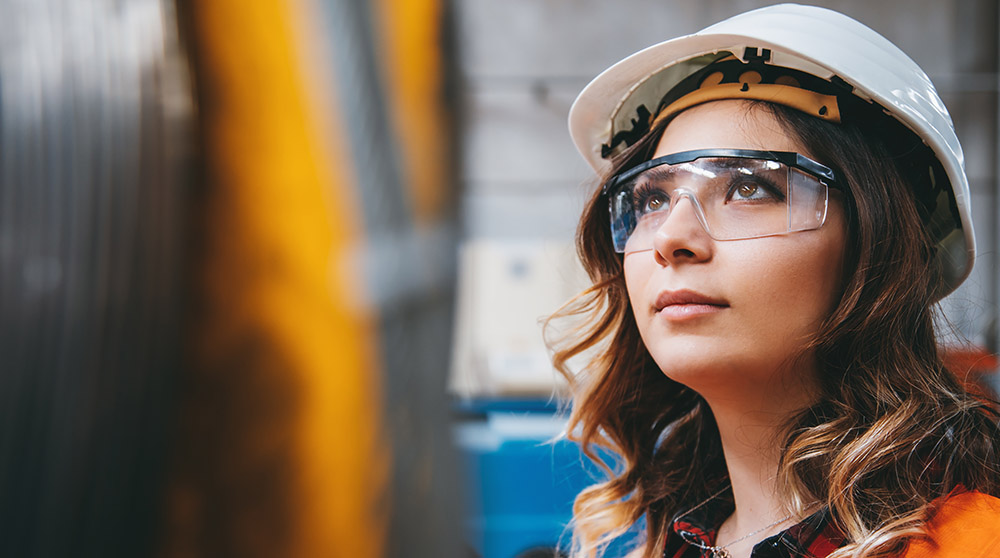When working with heavy machinery, it’s important to adhere to machine and machine guarding standards. Not doing so may lead to fines and penalties. This guide helps to ensure that your workers are safe when they are working with machinery.
The Occupational Safety and Health Administration (OSHA) has established certain machine and machinery guarding standards. These standards are designed to protect workers from hazardous energy. They include Lockout/Tagout standards, as well as guidance for hand-fed circular ripsaws, band saws, and swing cutoff saws.
One of the most common causes of accidents is inadequate training. To help prevent this, it’s important to have all employees complete training courses. A proactive maintenance program is also key to keeping employees safe.
OSHA has set up certain machine and machinery guarding standards, which require inspections and maintenance. However, not all machines have built-in safeguards. Some equipment is imported, which means it might not meet the same requirements as U.S.-built equipment. It’s important to know which machines need to be guarded, which ones don’t, and what type of guards to use.
If the machine has a built-in safeguard, the guard must be securely attached to the machine. Using an adjustable or interlocking guard, for example, can make it easier to operate the machine. But it can also be a major source of safety problems. For example, a guard that’s not bolted to the machine can come loose and a worker could fall into a moving part of the machine.
The standard also specifies a minimum distance that an operator’s body should be from the point of operation. The standard also provides a methodology for calculating this minimum distance. It also sets out the appropriate minimum distances for upper and lower limbs and for industrial and non-industrial environments.
In addition to preventing falling objects, safeguards should also prevent workers from touching moving parts of the machine. They should also allow for lubrication of the machine without removing the safeguards.
When it comes to design, guards should be simple and durable. They should be able to hold up to the force of the machine. They should not be easily removable, and they should not create jagged or unfinished edges. They should also be rounded at the ends.
To make sure your machine meets these standards, it’s a good idea to check them online. For example, the BSI, which is a British Standards Institution, has a website where you can access the latest standards. You can also subscribe to news-based websites that can provide you with updates.
OSHA and the HSE also publish guidelines for the safe use of machinery. These guidelines provide practical examples of how to design and install guards. These can also be found on the HSE’s website. In addition, you can find pages on the HSE’s site for refurbished machinery and for modified machinery.
Although there are a variety of standards to choose from, the majority of single-purpose machines offer some type of point-of-operation safeguards. These devices include two-hand controls, restraint straps, and pullback devices.




